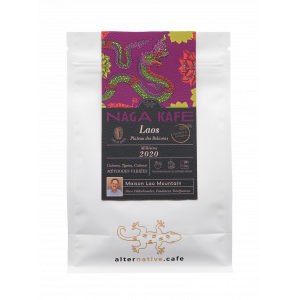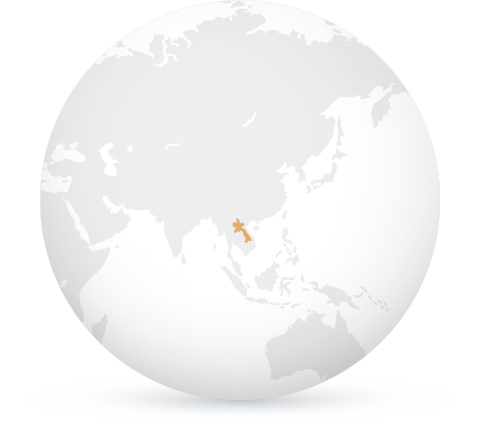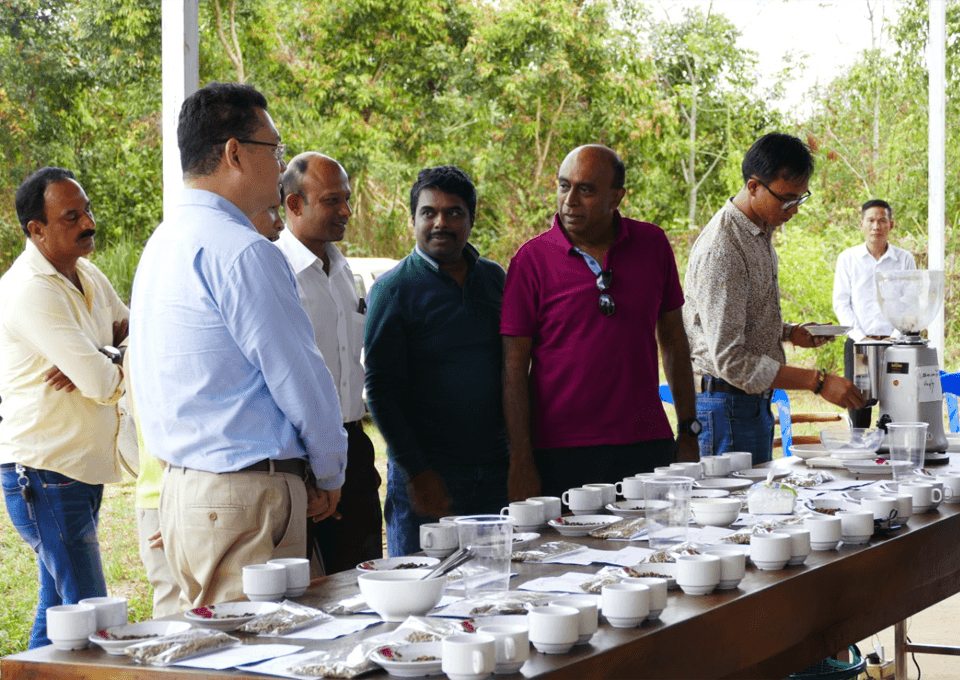Naga Kafe
This coffee is the result of a long transformation of coffee cultivation on the Bolaven plateau. It is the Signature coffee of the House, an harmonious combination of beans of the same terroir but from different preparation methods.
- Origin Laos
- Varietal Caturra, Typica, Catimor
- Altitude 1200 - 1300 m
- Preparation Washed
- Roast Type Medium



I like coffee dancing in my mouth. Therefore I don't want to make just one coffee that will please everyone, because it would necessarily be bland, instead I make a variety of coffees so everyone can really enjoy the one that suits them.
The story behind
The Naga Kafe, born of Stephen's imagination, is the culmination of the immense work provided by everyone at the Lao Mountain House.
Indeed, it includes the three varieties of arabica produced on the plots of the Bolaven plateau. If it is through the Robusta that coffee culture has been introduced in Laos historically, the transition to Arabica has been decisive in establishing a more qualitative approach. Thus, the first variety introduced is Catimor, known for its resistance to disease and its good adaptability. The Typica, and more recently the Caturra, are a significant step forward for the development of coffee cultivation on the Bolaven plateau, a region now recognized on the world stage.
The peculiarity of the Naga Kafe is that this blend uses the three methods of processing beans (washed, natural and honey method). Producers have acquired the know-how to deliver several variations of their beans.


An exceptional coffee
It is the “signature” coffee of the House, a clever blend whose secret is well guarded by the Naga, mythical creature protective of Vientiane and Laos.
It is the pride of the House because it has its place on the world stage and restores the image of Laotian coffee.



